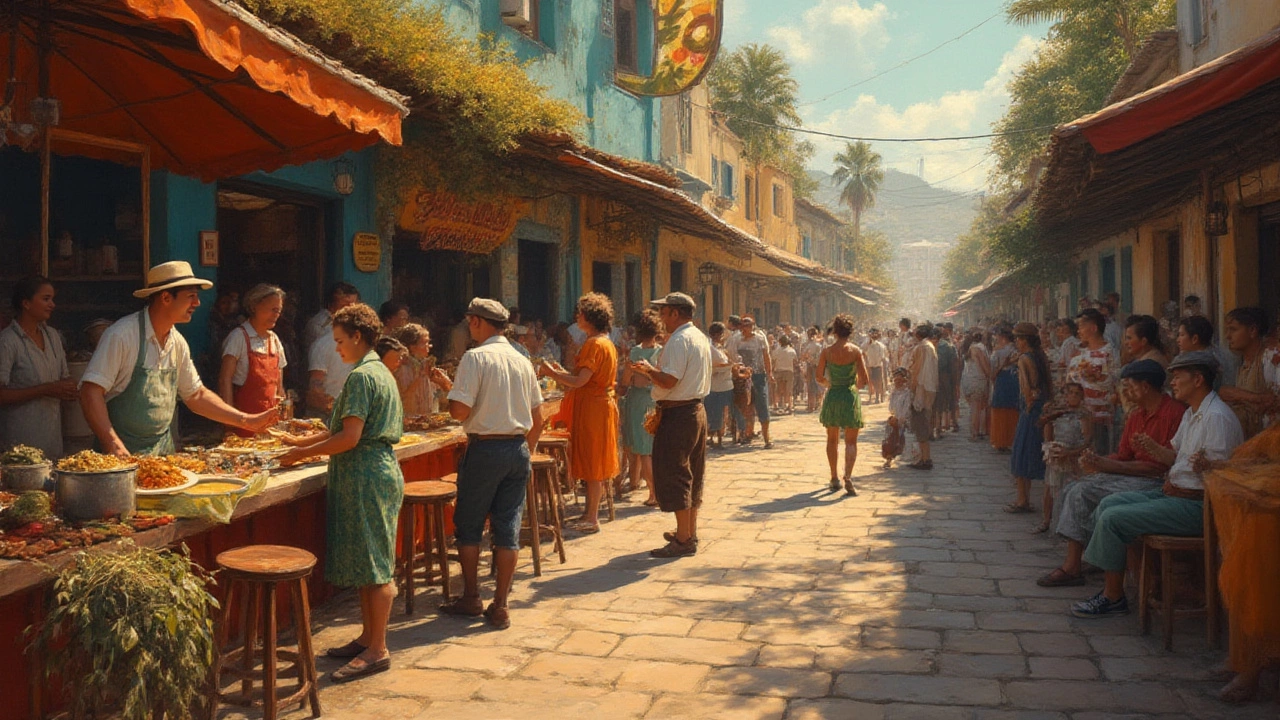Italian Immigration to Brazil: A Quick Guide
Did you know Brazil is home to one of the biggest Italian communities outside Italy? Hundreds of thousands of Italians made the journey over a hundred years ago, and their influence is still felt in daily life.
Why Italians Chose Brazil
In the late 1800s Italy faced poverty, land shortages, and political unrest. Young men and women struggled to find work, so the promise of land and jobs abroad looked appealing.
Brazil, meanwhile, needed labor for its booming coffee plantations. The government offered contracts, cheap passage, and sometimes even a plot of land to attract European workers. That sweet deal pulled many Italians across the Atlantic.
The biggest wave came between 1880 and 1920. During those decades, ships left ports like Genoa and Naples full of hopeful families. By the 1930s, more than a million Italians had set foot on Brazilian soil.
Legacy of Italian Brazilians
Most newcomers settled in São Paulo, Rio de Janeiro, and the southern states of Santa Catarina and Rio Grande do Sul. They built neighborhoods that still bear Italian names and host lively festivals each year.
Food is the easiest way to see their impact. Pasta, polenta, and espresso are staples in Brazilian kitchens, often blended with local flavors to create dishes like “macarrão com carne moída” or “café com leite”.
Beyond the kitchen, Italians helped shape Brazil’s architecture, music, and sports. Many early football clubs were founded by Italian immigrants, and their love for opera introduced classical music to new audiences.
Today, descendants of those early immigrants number around 30 million, making up a noticeable slice of Brazil’s population. Cultural clubs keep the language alive, teach traditional dances, and organize trips back to Italy for younger members.
Statistically, Italian Brazilians account for roughly 15 % of the nation’s foreign‑origin population. They are well represented in business, politics, and the arts, proving that the immigrant story is still evolving.
If you ever walk down a São Paulo street and hear a mix of Portuguese and Italian greetings, you’re hearing history in real time. The blend of cultures creates a unique Brazilian identity that welcomes new influences while honoring its roots.
So next time you enjoy a bowl of pasta in Brazil, remember the centuries‑old journey that brought those noodles across the ocean. It’s a reminder that migration shapes food, music, and community in ways we can taste, hear, and see every day.






